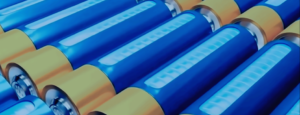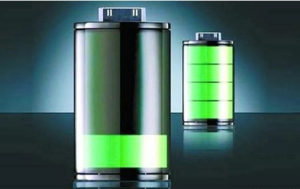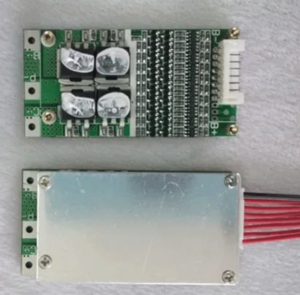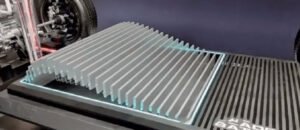一. Advantages of lithium iron phosphate battery
Iron phosphate lithium batteries are used as lithium-ion secondary batteries, and now the main direction is power batteries.
It has great advantages for NI-H and Ni-Cd batteries.
Seven advantages of lithium iron phosphate power battery:
1. Ultra-long life, long cycle life of lead-acid battery
The life is about 300 times, and the highest is 500 times: lead-acid batteries of the same quality are “new for half a year, old for half a year, and maintained for half a year”. use, will reach 7-8
Year. Considering comprehensively, the performance-price ratio will be more than 4 times that of lead-acid batteries.
2. It is safe to use. Lithium iron phosphate completely solves the potential safety hazards of lithium cobalt oxide and manganese oxide. Lithium cobalt oxide and lithium manganate will explode under strong collisions and pose a threat to the life safety of consumers, while phosphoric acid Tieli has undergone strict security
Tested not to explode even in the worst traffic accidents.
3. High current 2C fast charging and discharging
Under the special charger, the battery can be fully charged within 40 minutes at 1.5C, and the starting current can reach
2C, and lead-acid batteries do not have this performance now.
4. High temperature resistance, the electric heating peak of lithium iron phosphate can reach 350°C to 500°C, while lithium manganese oxide and lithium cobalt oxide are only around 200°C. 5. Large capacity.
6. No memory effect.
7. Green and environmental protection.
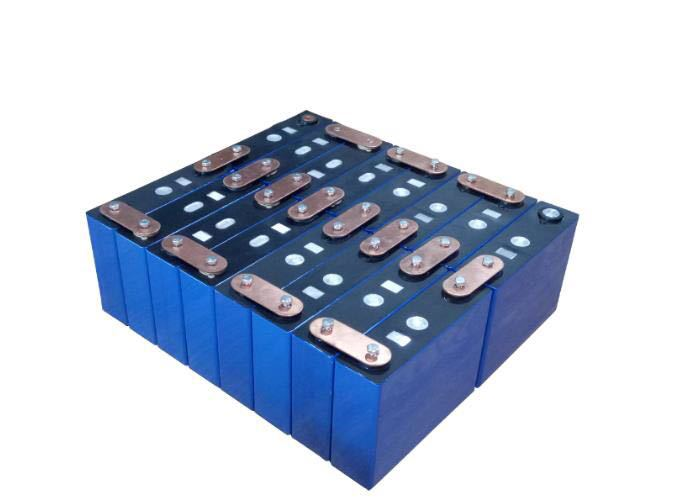
二. Disadvantages and improvement measures of lithium iron phosphate battery
Potassium iron phosphate battery also has its disadvantages: for example, the tap density of potassium iron phosphate positive electrode material is small, and the volume of potassium iron phosphate battery with the same capacity is larger than potassium ion batteries such as potassium cobaltate, so it does not have advantages in micro batteries.
The performance of lithium-ion power batteries mainly depends on the positive and negative electrode materials. Lithium iron phosphate as a lithium power battery material has only appeared in recent years. Its safety performance and cycle life are unmatched by other materials, and these are the most important technical indicators of power batteries. 1C charge and discharge cycle life up to 2000 times. The overcharge voltage of a single battery is 30V, it does not burn, and it does not explode when punctured. Lithium iron phosphate cathode materials make large-capacity potassium-ion batteries easier to use in series. To meet the needs of frequent charging and discharging of electric vehicles. With the advantages of non-toxic, non-polluting, good safety performance, wide source of raw materials, cheap price, long life, etc., it is an ideal cathode material for a new generation of lithium-ion batteries.
Poor electrical conductivity and slow diffusion of potassium ions. When charging and discharging at a high rate, the actual specific capacity is low. This problem is a difficulty restricting the development of the potassium iron phosphate industry. The reason why potassium iron phosphate has not been widely used so late is a major problem. However, the poor conductivity has been perfectly solved a few days ago: that is, adding C or other conductive agents. At present, in the actual production process, the conductivity of the material is improved by adding organic carbon sources and high-valent metal ions to the precursors. Studies have shown that the conductivity of potassium iron phosphate has increased by 7 orders of magnitude, making lithium iron phosphate Possesses electrical conductivity characteristics similar to that of Licobalt. Experiments have reported that when allowed to discharge at 0.1 (C), the specific capacity can reach more than 165A1/g, and actually reach 135-145A1/g, which is basically close to the level of lithium knot acid: but the problem of slow diffusion of lithium ions has not yet been solved. It has been better solved. The current solution mainly includes nano-sized LiFP04 grains, thereby reducing the diffusion distance of lithium ions in the grains, and the second is doping to improve the scattered channels of potassium ions. The latter method seems to be effective. It is not obvious. There have been many researches on nanotechnology, but it is difficult to apply it to actual industrial production. Recently, only A123 claimed to have mastered the nanotechnology of LiFeP04.
The tap density is low. Generally, it can only reach 0.8-1.3. Low bamboo tap density can be said to be a great disadvantage of lithium iron phosphate. All iron phosphate cathode materials determine that it has no advantages in small batteries such as organic batteries, so its application range is limited to a certain extent. Even if it has low wood yield, good safety performance, good stability, and high cycle times, if the volume is too large, only a small amount of bamboo can replace lithium cobalt oxide. But this shortcoming will not be prominent in terms of power batteries. Therefore, lithium iron phosphorus shuttle is mainly used to make power batteries.
Lithium iron phosphate batteries have poor low temperature performance. Although people have improved ion and electronic conductivity through various methods (such as doping of lithium, iron, and even phosphate, controlling the effective reaction area by improving the particle size and morphology of primary or secondary particles, and adding additional The conductive agent increases the electronic conductivity, etc.) to improve the low-temperature performance of lithium iron phosphate, but the inherent characteristics of the lithium iron phosphate material determine that its low-temperature performance is inferior to other electrode-stop materials such as lithium manganate. Generally speaking, for a single cell (note that it is always a single cell rather than a battery pack, for a battery pack, the measured low-temperature performance may be slightly higher, which is related to heat dissipation conditions), its temperature at 0°C The capacity retention rate is about 60-70%, 40-55% at -10°C, and 20-40% at -20°C. Such low-humidity performance obviously cannot meet the requirements of the power supply. At present, some manufacturers have improved the low-temperature performance of Lithium Iron Phosphate by improving the electrolyte system, improving the positive electrode formula, improving material properties, and improving the structural design of the electrode, but it has not really met the demand.
There is a consistency problem with the battery. The life of a single lithium iron phosphate battery currently exceeds 2,000 times, but the life of the battery pack will be greatly reduced, and it may be 500 times. Because the battery pack is composed of a large number of single cells connected in series, its working state is like a group of people running together with ropes. Even if everyone is a good sprinter, if the consistency of everyone’s movements is not high, the team will not run fast. The speed is even slower than that of the slowest individual runner. The same is true for battery packs. Only when the battery performance is highly consistent can the life span be close to the level of a single battery. However, under the existing conditions, due to various reasons, the consistency of the produced battery is not good, which in turn affects the performance and overall life of the battery. Therefore, there are certain obstacles in the application to power vehicles.
There are three main factors affecting the consistency of lithium iron phosphate battery products:
1) The quality of raw materials: especially the lithium iron phosphate material is a new thing. Its manufacturing equipment and synthesis process are not safe and mature, and its quality is prone to fluctuations, which affects the consistency of battery products.
2) Production environment: Lithium iron phosphate battery is a high-tech product with many chemical raw materials and complicated processes. Its production environment has high requirements on temperature, humidity, dust, etc. If the control is not in place, the battery quality will deteriorate. fluctuation.
3) Manufacturing equipment: The fewer manual components in the production process, the higher the degree of equipment automation, and the better the battery consistency.
Therefore, the key to good consistency of Lithium Phosphorus Lithium battery is: 1) Grasp of raw materials: 2) Sophisticated battery production equipment: 3) Fine control mode for the key points of process manufacturing and process: and important One point is that the control of the batching process, especially the uniformity of the slurry is particularly important, and it must be fully uniform in each step. In other words, as long as the production process is standardized, the consistency problem of lithium iron phosphate batteries can be effectively solved.
Manufactured in wood height. There is no doubt that lithium iron phosphate has the advantages of safety, forest protection, and high cycle times, but the current manufacturing cost is higher than that of lead-acid batteries and manganese acid batteries. And the yield rate is not high. However, this problem can be effectively solved through appropriate preparation equipment, preparation process and element doping method.


